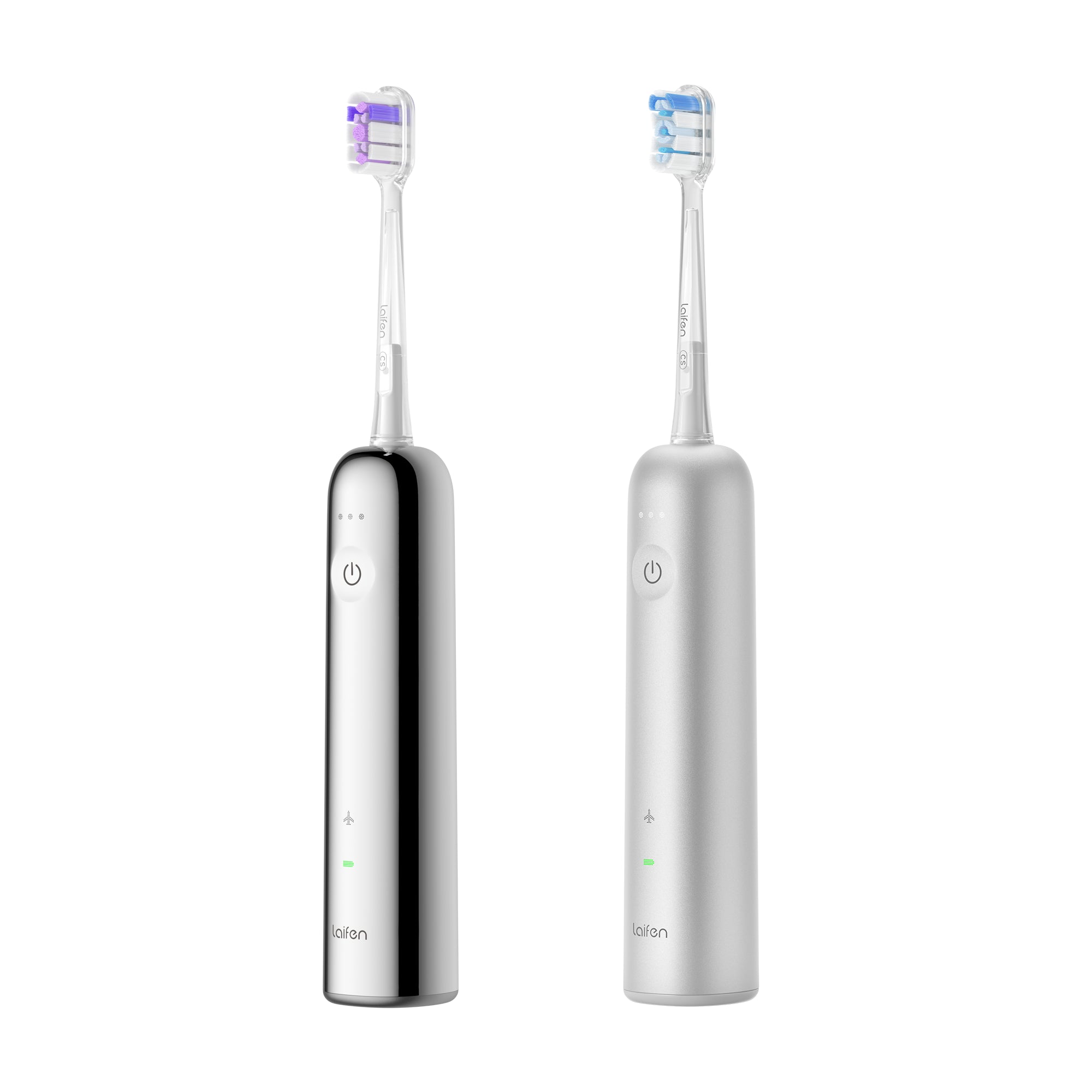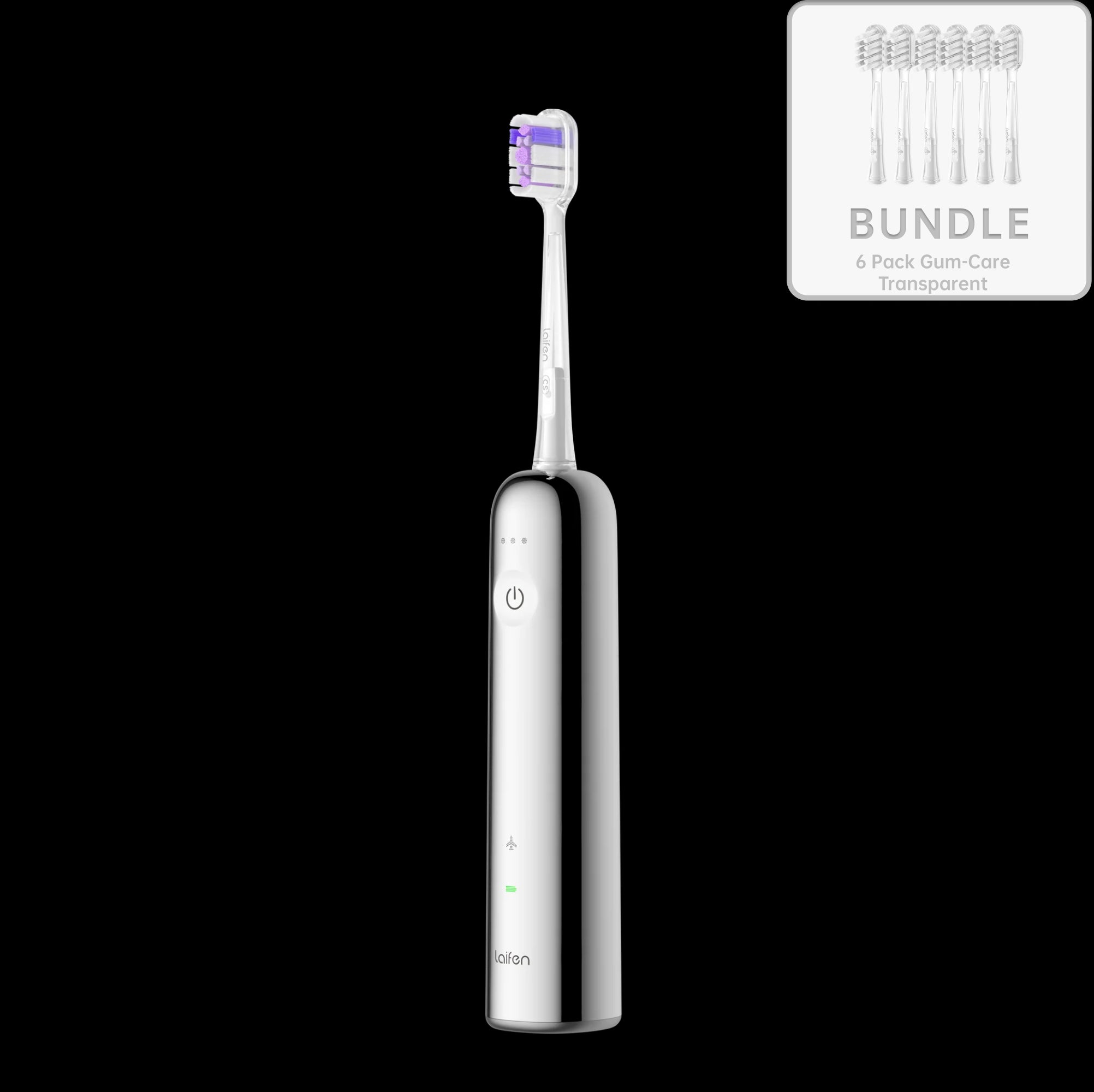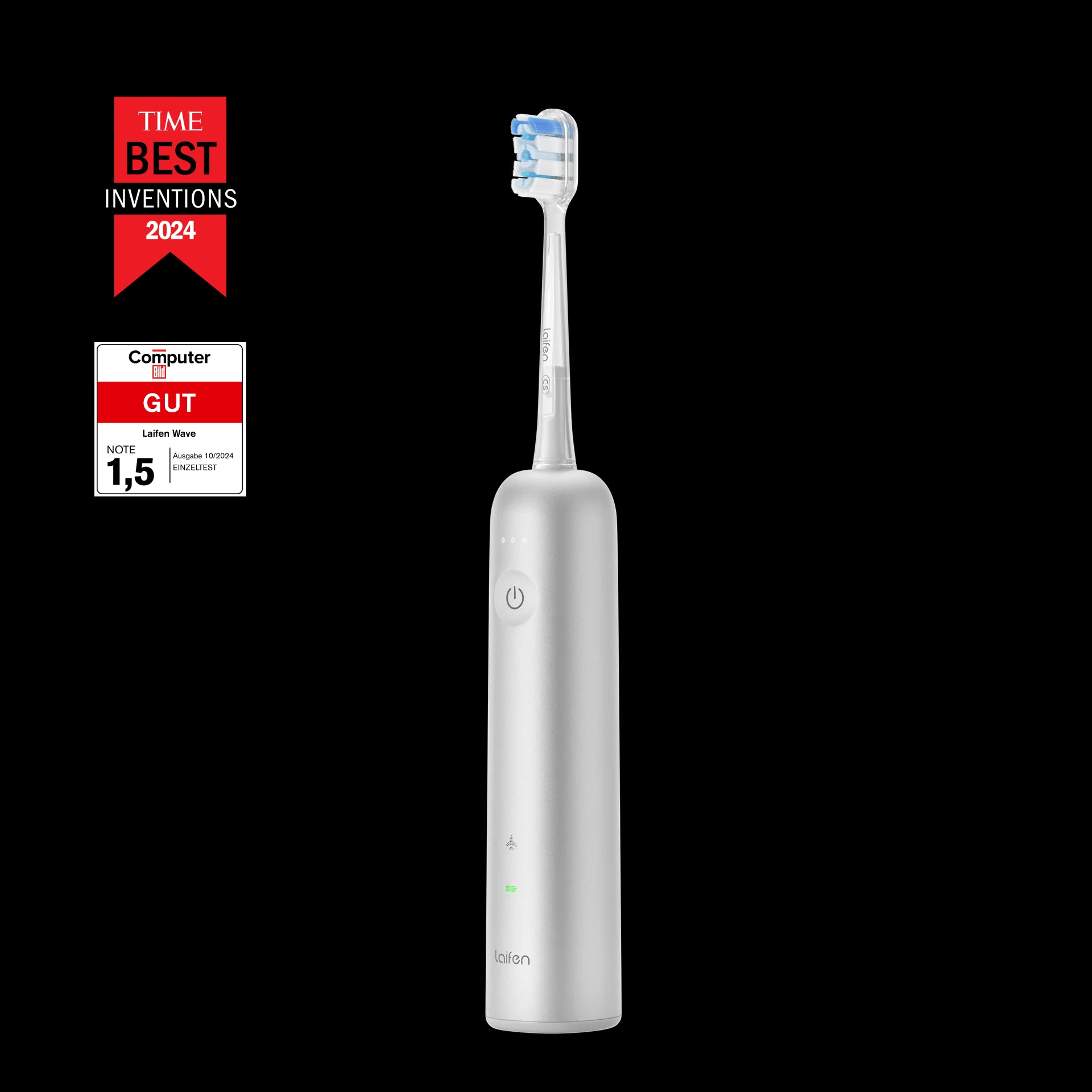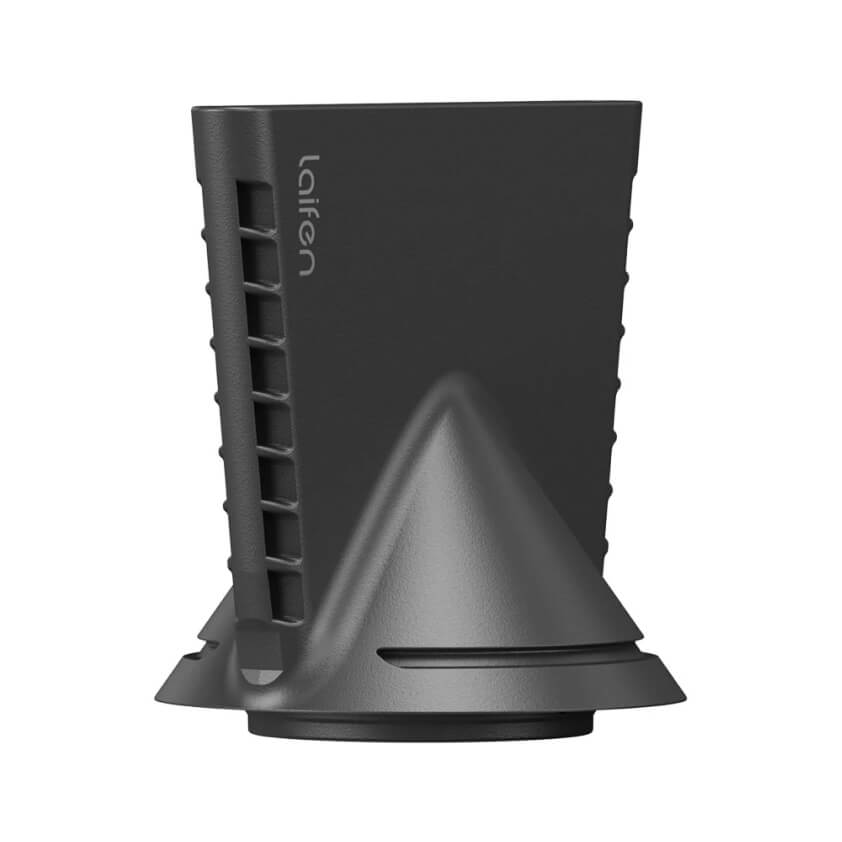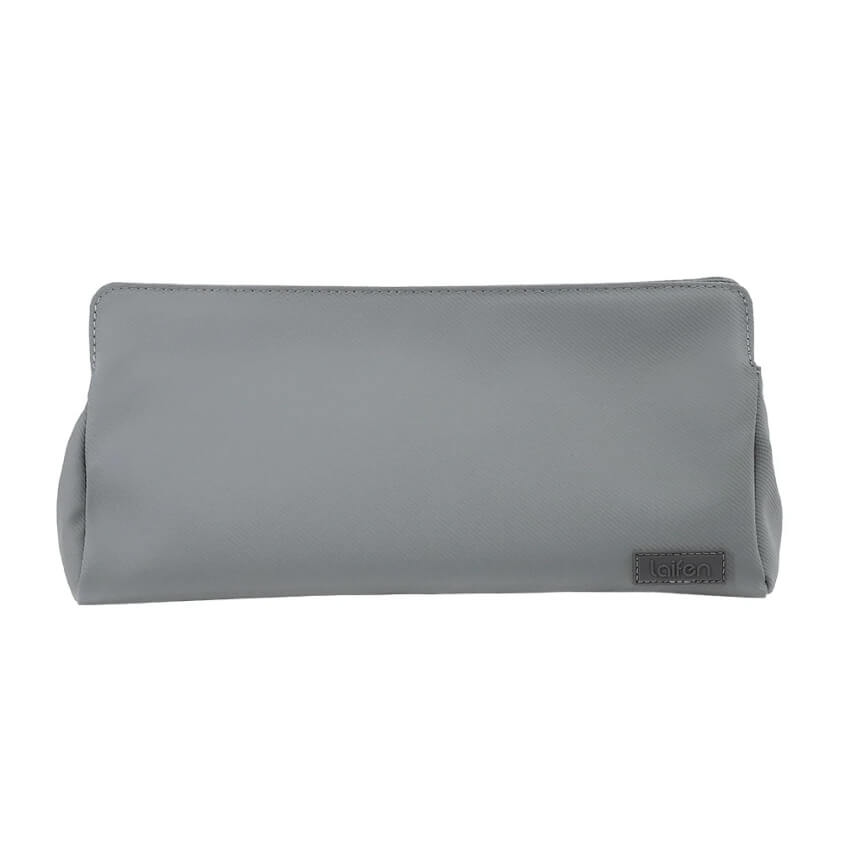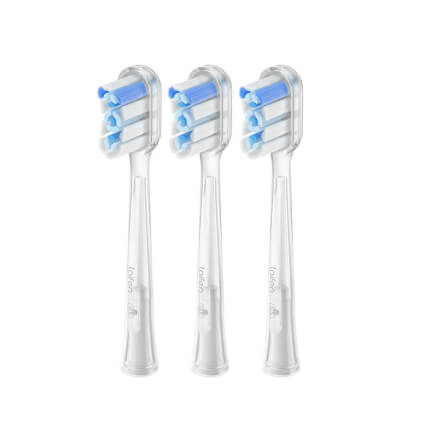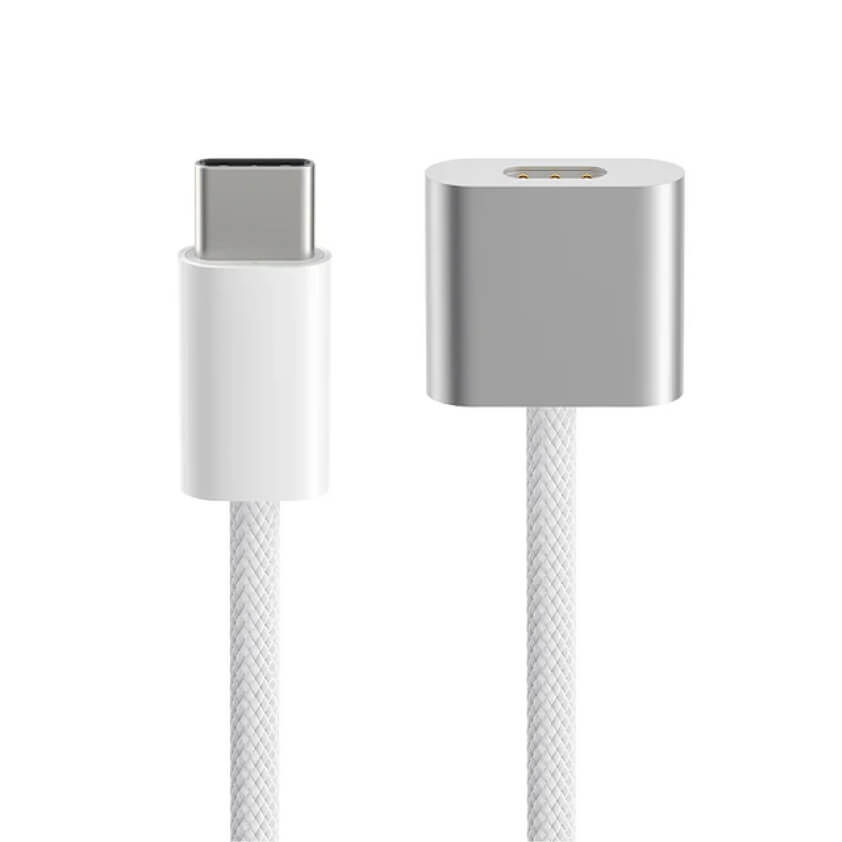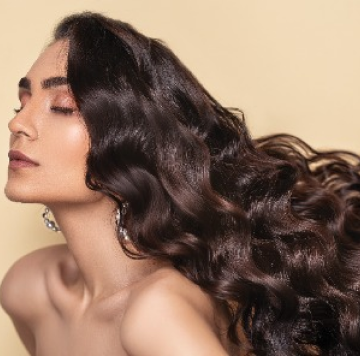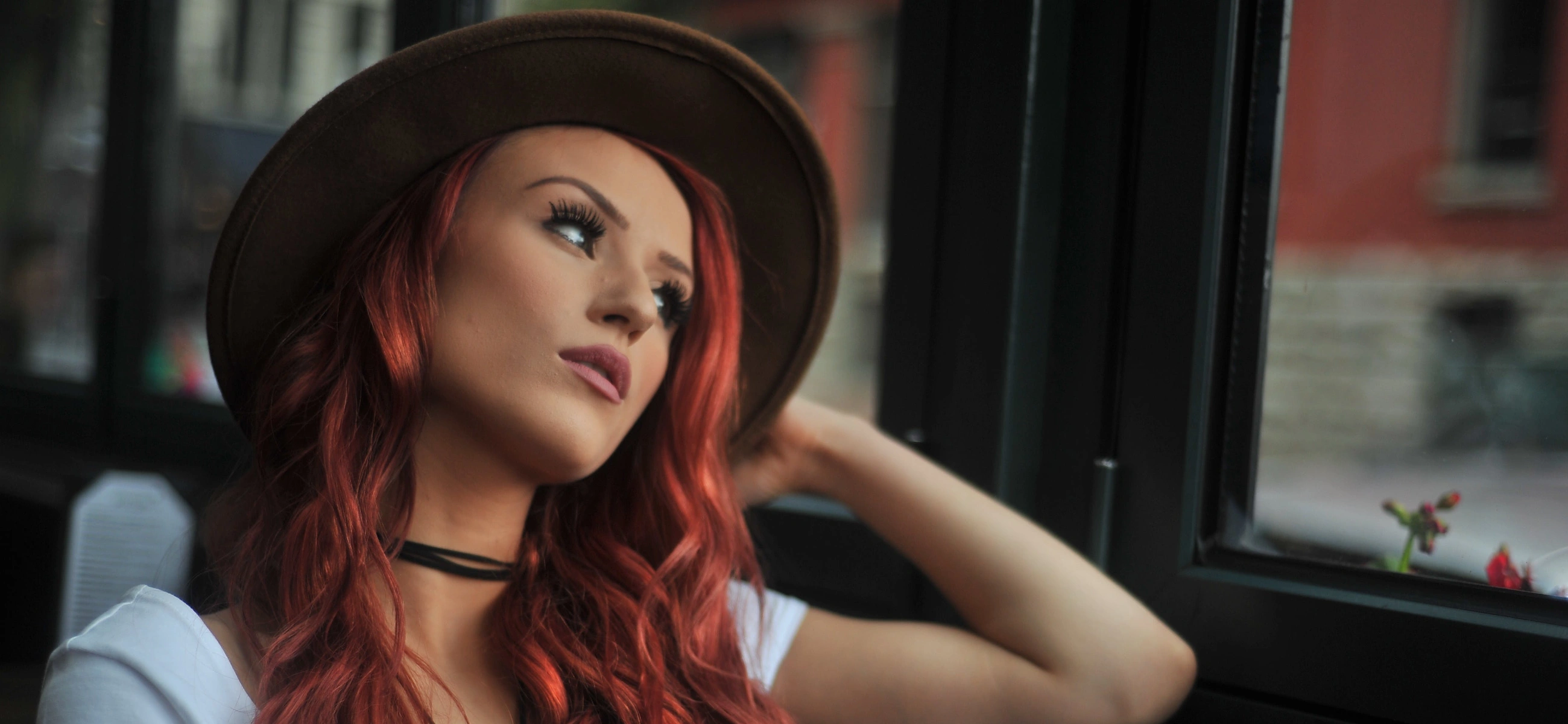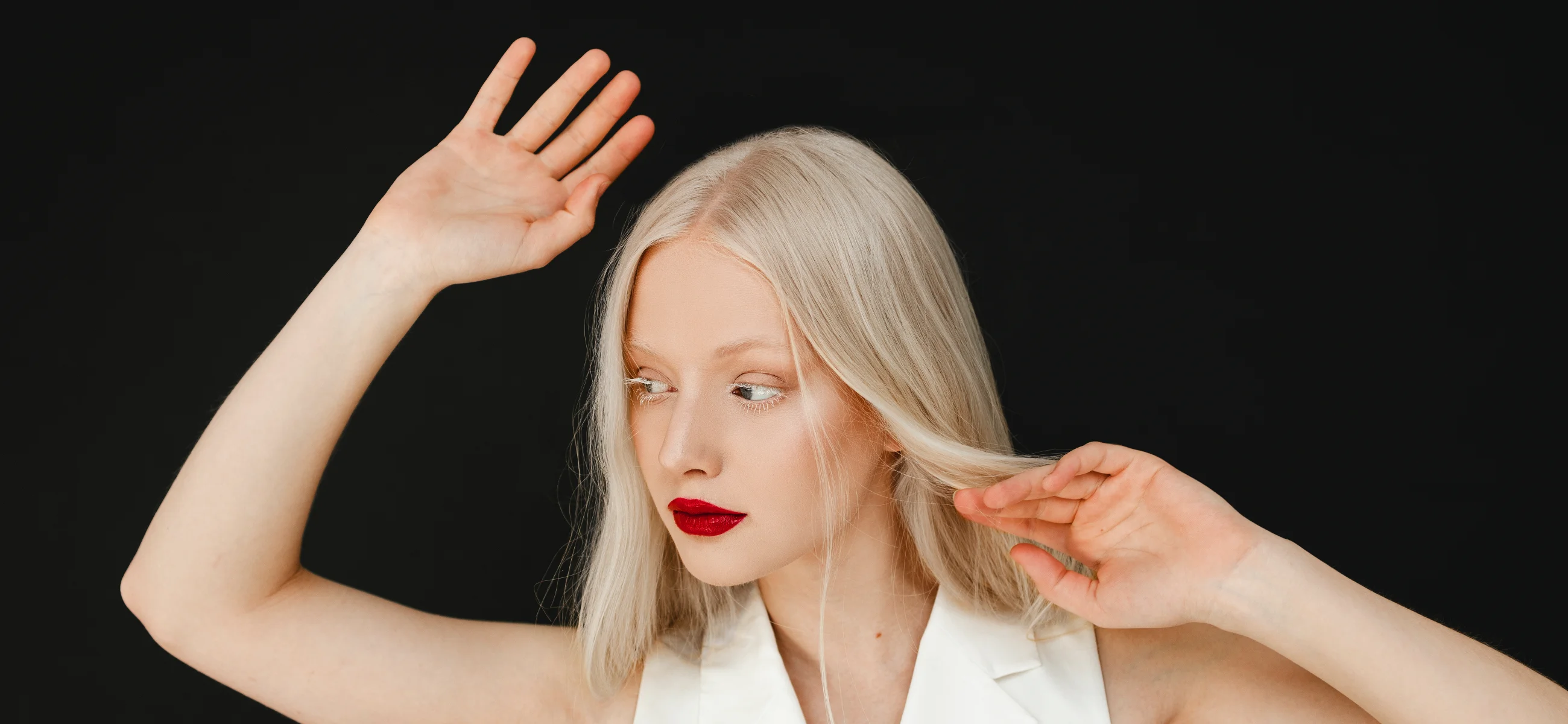
In this article
As we age, our hair is more likely to turn white. It's one of the unavoidable aspects of the human condition and though we might not like it, it's a natural part of aging.
But what causes white hair at a younger age? And are there any triggers to look out for that might make one more susceptible to white hair?
Here we run through the most common causes of white hair and reveal a few things you can try if you want to add color to your hair.
What causes white hair?
So, what causes hair to turn white? In most people, age is the cause of white hair. As you get older, your hair follicles lose melanin, which is the pigment responsible for hair color. Therefore, your once blonde, black, or brown hair becomes white.
You can notice strands of white hair from practically any age, from your teens all the way through to old age. This is because genetics play a big role in your hair color. If your grandparents had white hair from a young age, it's likely that you will, too.
What causes white hair at an early age?
Genetics plays a crucial role in determining whether or not you will experience white hair from a young age. What do we mean by young? Well, some people in their late teens notice white marks or spots in their hair. Others notice their hair whitening in their twenties or thirties.
If your genetics lead to the loss of melanin in your hair follicles, there's not much you can do about it. You either embrace the white or apply a hair coloring product to return your hair to its natural color.
Another potential cause of white hair in young people is stress. A groundbreaking study from Columbia University found that stress can directly lead to grey or white hair. The good news is that it's reversible, and when stress factors are reduced or eliminated your hair can return to its normal color.
With this in mind, if you're overburdened by the stresses of modern day life, reducing your stressors is crucial. Removing or reducing your stress by changing jobs, meditating daily, exercising frequently, and eating healthy foods can all help to bring your stress levels back under control.
Given that we are all likely to experience white hair with age, you don't want to add fuel to the fire by triggering stress-related hair whitening from a young age!
What autoimmune disease causes white hair?
In addition to aging and stress, some autoimmune diseases can cause white hair in some people. An autoimmune disease is where the immune system attacks its own cells.
If you are diagnosed with alopecia, the immune system can directly attack hair follicles, which leads to the loss of melanin and the whitening of your hair.
Another autoimmune disease that can lead to white hair is vitiligo. This is actually a skin condition, but it can also lead to hair pigmentation. It happens when the melanocytes in your skin are destroyed.
If you suspect that your white hair is caused by an autoimmune disease, we recommend booking a consultation with your doctor for an accurate diagnosis.
What causes a patch of white hair?
A patch of white hair is a condition known as Poliosis. It is also caused by a lack of melanin in the hair follicles, but only in the afflicted area and not across the entire head.
While most people experience Poliosis on their heads, it can also affect other hairy parts of the body, including the eyebrows.
There are numerous potential causes of Poliosis. Some people are genetically predisposed to the condition, while others may have underlying health issues. A 2013 review found that people who have undergone severe psychological stress may also be susceptible to Poliosis.
Poliosis can manifest as a patch of hair, but it can also cause a white streak in hair, so it can look slightly different from person to person.
While Poliosis is not necessarily an indiciation of any issues and it's not harmful in itself, you can speak to your doctor for more information and to learn about what might have caused the white patch of hair.
Treatment options for white hair
If your hair is turning white, it's nothing to necessarily worry about. But, if you aren't ready to embrace white hair, here are some things you can try to add color to your hair:
Hair coloring products
The easiest way to add color to your white hair is to buy a coloring product. These come in many forms, including dye, shampoo, and serums. Hair dye works well, but it's best to get your hair professionally dyed at a salon for the best results. You can find hair dyes in practically every color imaginable, so you can choose the best fit for your natural hair color.
Natural remedies
Some people swear by natural remedies when it comes to hair color, and there are certainly a few things you can try. One is coconut oil, which can replenish and rejuvenate your hair follicles, but there is limited research into its efficacy. Also, eating foods rich in catalese can potentially help with your melanin levels, so add the likes of garlic, cabbage, sweet potato, kale, and broccoli to your diet.
Lifestyle changes
Increasing your intake of key vitamins and minerals can potentially stimulate your hair follicles, though it's not likely to change the color of your hair fully. Opt for a multivitamin and improve your diet by eating whole, plant-based foods for healthier hair. If you are stressed, removing some of the stressors from your life is crucial, and it may even reverse your premature whitening.
The verdict - what causes white hair?
The main cause of white hair in most people is the loss of melanin in the hair follicles, which is responsible for the color in hair. This is a natural symptom of aging, but it can also be caused by genetics, some illnesses, and increased stress, among other things.
If you don't want to embrace your white hair, you can dye your hair to change its color, or you can try a few of the natural remedies that we've introduced above to add color to your hair.





